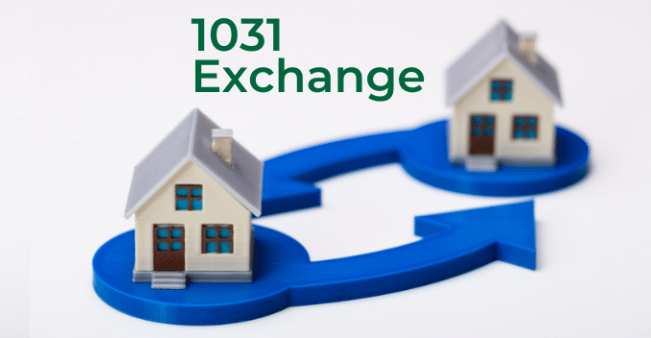Investing in real estate is like sailing a sea of opportunities. For many investors, one of the less-charted territories is the Reverse 1031 Exchange. This powerful tool can restructure their property portfolio.
This comprehensive guide will unpack the Reverse 1031 Exchange timeline and show you how to time your investments to catch the most favorable winds. Understanding this timeline is essential for a successful exchange.
Read on!
Setting Sail with the Reverse 1031 Exchange Basics
Before we hoist the sails, it’s crucial to review the basics. A Reverse 1031 Exchange allows you to get a replacement property.
It has long been a strategic ally for real estate investors. The IRS issued safe harbor rules that allowed a “parking arrangement”. This opened the path to the Reverse 1031 Exchange.
The Gateway Harbor
The Qualified Intermediary (QI) becomes your trusty navigator in your Reverse Exchange. A QI is not a delegate facilitating the exchange. They’re the compass to your tax-deferred goals.
Selecting a QI is a momentous decision, much like choosing a first mate. Experience, reputation, and alignment with your investment strategy are essential criteria. Once you’ve secured your QI, you’ll set the stage for the Reverse Exchange.
Adverse Seas: Title and Loan Issues
It means navigating the potential choppy waters of title and loan constraints. You’ll need to secure a loan and hold title to two properties.
The entity acquiring the replacement property in a Reverse Exchange may not be the same. This title tango can create knots in the legal process.
You may have to work with lenders familiar with Reverse 1031 Exchanges. This is to ensure they don’t consider the transaction a sale. Additionally, title issues such as:
- liens
- claims
- zoning irregularities
This can delay your exchange, calling for quick and decisive action.
Swift Refitting: Property Identification and Acquisition
The sequence of identifying and acquiring your replacement property propels the Reverse 1031 Exchange timeline. The IRS regulations give you a 45-day window to identify potential replacements.
This critical timeline testifies to the swift course setting necessary for a successful Reverse 1031 Exchange. Your keen eye for opportunities must scan the horizon, recognizing the ideal replacement property. Thorough due diligence and strategic negotiation are imperative to reel the best options.
Navigating Safe Harbors: Exchange Completion
The culmination of the Reverse 1031 Exchange is not a final destination, it’s a cyclical course. As you complete the exchange process, time is of the essence.
Coordinating the sale of your relinquished property and the acquisition of your replacement property requires navigational finesse. Closing dates must align to complete the exchange within the 180-day exchange period. Any deviation from this timeline could lead to a tax shipwreck, voiding the exchange and triggering capital gains taxes.
With the course charted and the seas ahead understood, it’s time to weigh anchor and begin your Reverse 1031 Exchange voyage with confidence. Start An Exchange today and steer your real estate investments toward the tax-deferred harbors you’ve always aimed for. They are ready to assist you through every nautical mile of your exchange
Understanding the Reverse 1031 Exchange Timeline
In conclusion, the Reverse 1031 Exchange Timeline is an intricate voyage well worth the effort for the tax benefits and property portfolio potential it can unlock. For successful navigation, an experienced crew and a well-laid-out timeline are non-negotiable.
May your real estate investment journeys be prosperous and the winds be forever at your back. Safe travels and fair seas!
For more helpful tips, check out the rest of our site today!

Doris Pollard, a mesmerizing wordsmith and experienced blogger, crafts narratives that carry readers into unexplored realms. Infused with insightful perspectives and vibrant storytelling, Doris’s mastery of language captivates both hearts and minds, making an enduring impression on the literary landscape.

